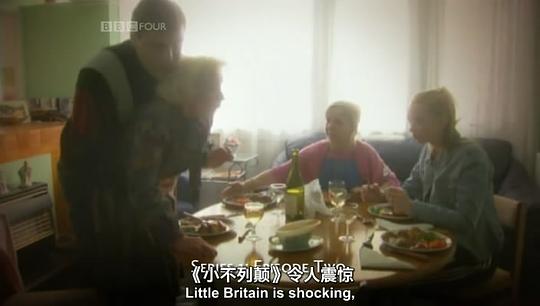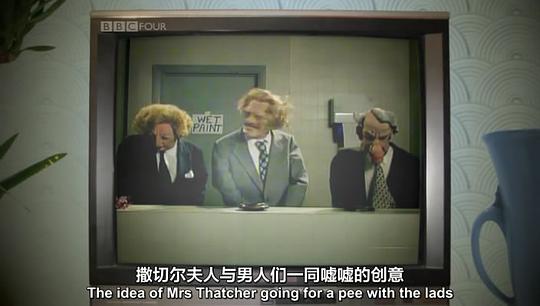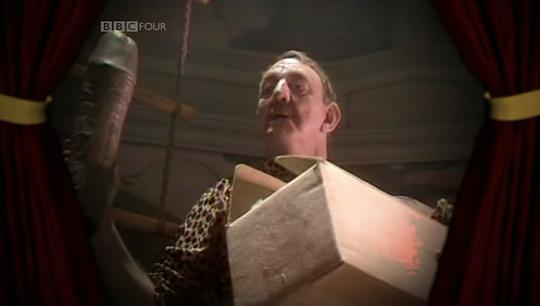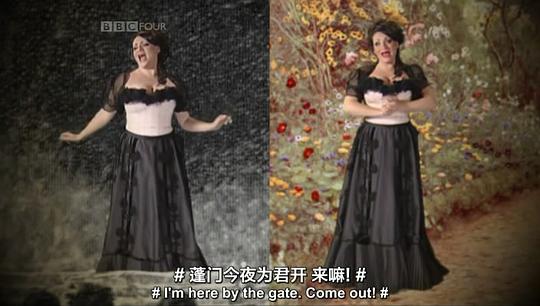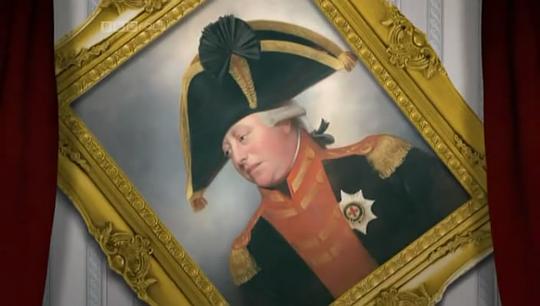猥琐大不列颠:在线播放
所有播放无需安装任何插件,如果播放失败,请切换不同线路!云播放已支持缓存秒加载,欢迎使用!
部分http资源不能在https下加载,请将网址切回http.
观看小提示:[DVD标清版] [BD超清版] [HD高清版] [TS抢先版:不清晰]
猥琐大不列颠:最新迅雷BT资源
| 日期 | 资源名称 | 类型 | 大小 | 下载 |
|---|---|---|---|---|
| 2019-10-28 | bbc.猥琐大不列颠.rude.britannia | 2.2 GB | 下载 | |
| 2019-10-28 | [英国广播公司.猥琐大不列颠.第1集.有史以来最讽刺.下流.猥琐.无礼的历史].bbc.rude.b | 0.7 GB | 下载 |
猥琐大不列颠:最新字幕下载
猥琐大不列颠:剧情介绍
Plot Summary:A history of how the depiction of the vulgar has been a vital part of English satire,starting with the artwork of Hogarth in the eighteenth century and Gay's 'Beggar's Opera',the first home-grown play to lampoon politicians - which leads to stage censorship. Leading literary satirists Swift and Pope and Laurence Sterne,author of near-the-knuckle novel 'Tristram Shandy' are followed by political cartoonists Rowlandson, Gillray and Cruikshank,whose often grotesque drawings of the Stuart monarchy are no holds barred whilst poet Byron mocks political villainry in his poems. In Victoria's reign music-hall artists,such as the censor-baiting Marie Lloyd,take up the flag of vulgarity,along with comic creations like the goatish drunk Ally Sloper. The new art of photography leads to under-the-counter postcards of nude women and,thanks to the popularity of the seaside holiday,What the Butler Saw machines and saucy postcards, the master of which is Donald McGill,who,as late as the 1950s,is accused of obscenity,as is his contemporary, music-hall comic Frank Randle. The political cartoonists' tradition is upheld throughout the twentieth century by the likes of Gerald Scarfe and Steve Bell whilst stage censorship is relaxed to allow the often disturbing comedy plays of Joe Orton,one of whose regular actors,Kenneth Williams is a mainstay of the Kenneth Horne BBC radio shows,milestones of innuendo.The BBC becomes known for satirical fare such as TW3 and the sitcoms featuring bigot Alf Garnett though in the 1980s the commercial channel ITV scores a huge hit with 'Spitting Image' in which the great and the good are lampooned in puppet form. Alternative comedy is born,along with the deliberately politically incorrect adult comic 'Viz' and political incorrectness hits back at the Blair government's nannying state with the likes of the blue comedy of Chubby Brown and the gross-out TV sketches of 'Little Britain'. For a change the liberal left are now the critics of 'Rude Britannia',rather than its purveyors

